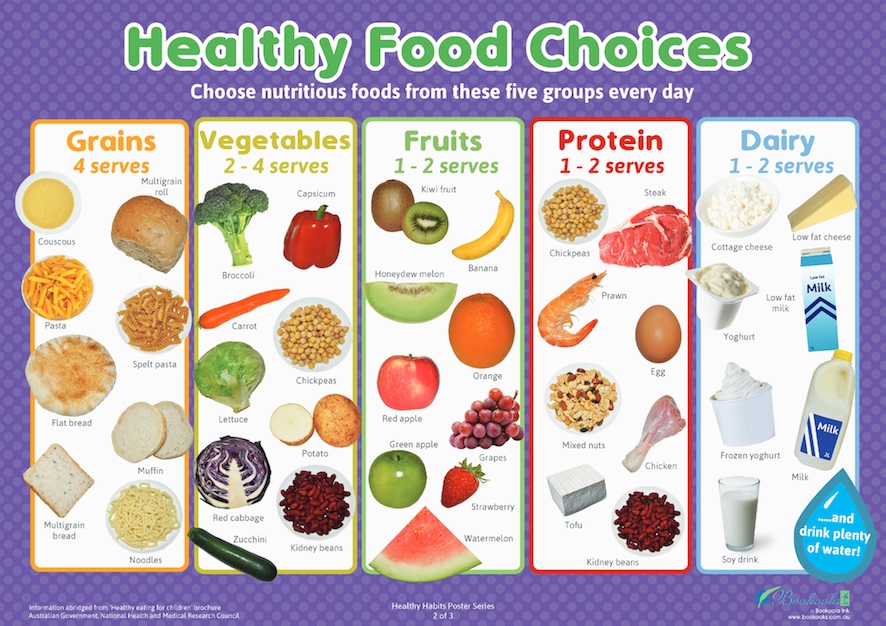
The key factor seems to have some scientific basis. Two different studies have shown that children enjoy the taste of food advertised by popular celebrities. Family cartoon characters used in on-air or in front of package promotions have also affected cereal choice in young children. The same pattern was observed in meals immediately after exposure to food ads and years later. Since Watching a short cartoon featuring a food commercial, primary-school-aged children ate 45 percent more food snacks than children who watched the same cartoon commercials for other non-food items. This may contribute to negative diet-related health outcomes and risks.”Įarly studies have found that individuals exposed to food advertising eat more. 2006 Institute of Medicine study found significant evidence that “Food and beverage marketing influences people’s preference and purchase requests. More attention is now being given to the correlation between television consumption and people’s dietary intake.
Actors and cartoon characters as spokesmen. Memorable slogans, songs, and jingles, or catchphrases. Bright and eye-catching colors and photography. Health claims or nutrient claims (Example: “Calcium helps to build strong bones.”). What are common strategies used to market foods to boost healthy food choices?Ĭommon marketing strategies used in food advertising can include: Marketing can also be targeted to you based on your data, such as your:īehavioral advertising tracks your data and web behaviors overtime to deliver targeted ads. This can make it difficult to know when you’re going to be advertised. Newer ways of marketing such as sponsored social media posts can be more difficult to recognize. Many foods marketed can contribute too much salt, sugar, or saturated fat to our eating habits.įood marketing can take different forms, including: Food marketing and youįood marketing is an advertisement that promotes the sale of certain foods or food products. You will also know how we can become more in control of what we want. Today, we would like to show you how advertising influences healthy food choices. This approach easily catches the attention of a hunky man. For, e.g., Diet Coke ads usually show a slim, flirtatious, funny, attractive woman. And We know for sure that brands are paying a lot of attention to the aspirational lifestyle connected to their product. This might be too large for what we need. 
To a large extent, food manufacturers also determine our portion sizes by supplying food in set sizes.

But we both consciously and subconsciously believe it does so.

We don’t want to admit that advertising influences our healthy food choices.







 0 kommentar(er)
0 kommentar(er)
